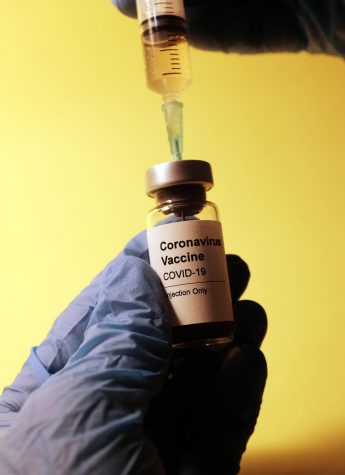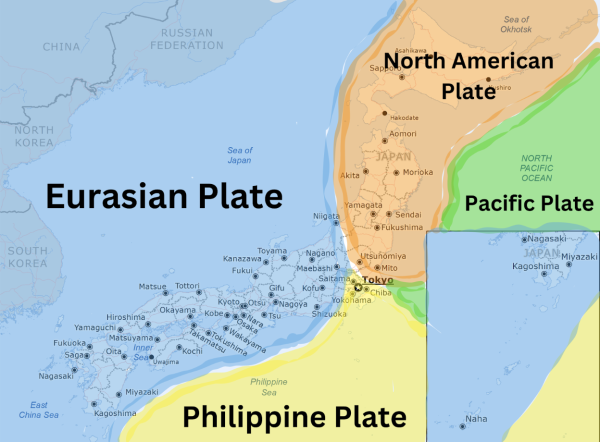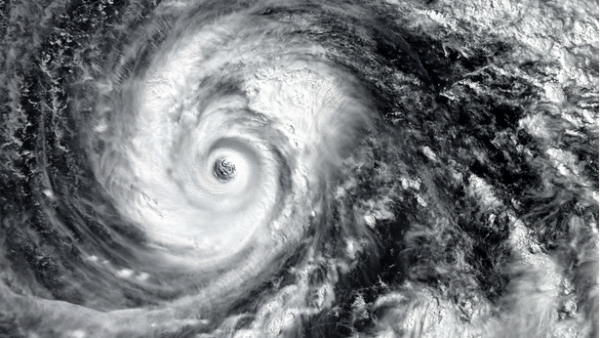Operation Warp Speed
Why are Covid-19 vaccines being administered so slowly?
At this rate, Operation Warp Speed, a partnership led by Vice-President Mike Pence made to combat rising Covid-19 cases in the country, would take 10 years to overtake the unfaltering spread of Covid-19 in the U.S. Out of the 29 million doses of the vaccine distributed to Americans, only 10.8 million have been administered.
The cause of the slow vaccine rollout is due to various factors. For one, administration of the initial vaccine dose relies on healthcare workers, the same people who are also responsible for the onslaught of coronavirus patients at hospitals. Further, nursing homes housing many of the first recipients of the vaccine have just begun vaccinations, after three weeks of the vaccine being available. They are stagger dosing the staff, dosing different staff every other week, to avoid potential side effects. It’s also important to note that the rollout process began around Christmas and New Year’s Day, busy holiday times which only decelerated the pace.

Some states are sticking to the guidelines of prioritizing health care workers and long-term care patients in the first phase of vaccinations, 1A, so much so that vaccines are sitting on the shelf instead of being administered. With that in mind, states with a low demand for the vaccines, such as Georgia and Louisiana, are loosening the rules and now offer vaccines to the phase 1B group as well, which is seniors 65 years of age and older. In South Carolina, if the phase 1A group doesn’t get their vaccines by January 15, the governor says they will be “moved to the back of the line.”
When asked whether she would get the vaccine as soon as possible, a high-risk teacher in Colorado named Amy Walker said, “I’m going to wait and see how other high-risk people are reacting to the vaccine”. It appears that some high-risk Americans would rather wait to see how the vaccine works for other high risk individuals before taking the risk themselves.
According to Scott Gottlieb, the former FDA Chief, the vaccine seems to be “partially protective after the first dose.” Although, he also said he doesn’t think the U.S. government will be able to distribute the 20 million doses promised for the end of the year. That’s already a drastic difference from Trump’s original projection of 100 million doses by the end of 2020. As of today, 29 million doses have been distributed in the United States, falling short of both approximations.
However, some states are falling more behind than others in terms of the amount of vaccines and the speed of those vaccines being administered. In Iowa, nursing home residents represent less than 1% of the state’s population, but have accounted for more than a quarter of the state’s deaths from Covid-19. The two authorized vaccines, from Pfizer-BioNTech and Moderna, need two doses to be completely effective. With that in mind, long-term care facilities have to be visited three times, to include a follow-up visit, which slows the process. A month-long delay in vaccine arrival is concerning, as it takes a month or two for people to receive their second dose and be fully protected. Kim Bahrenfuss of Iowa said that “[she] was crushed after [she] heard about the delay” at the nursing home where her mother lives.
While high risk Americans are being prioritized right now, the vast majority of Americans won’t be eligible for the vaccine until the spring or later. In spite of the vaccine rollout, deaths have surged to 300,000, and Covid-19 has surpassed heart disease as the leading cause of death in the U.S.
David Hayes-Bautista, a professor of medicine at the University of California, Los Angeles reflected on the number of deaths and said “we chose, as a country, to take our foot off the gas pedal. We chose to, and that’s the tragedy.” Some predict the slow vaccine distribution and administration will soon speed up, and hopefully this is the case. “I really expect the pace of administration to go up pretty massively in the next couple weeks,” said Nancy Messonnier, the director of the Centers for Disease Control. She says that it’s the early stages of a really complicated task, but one the CDC is up for.






